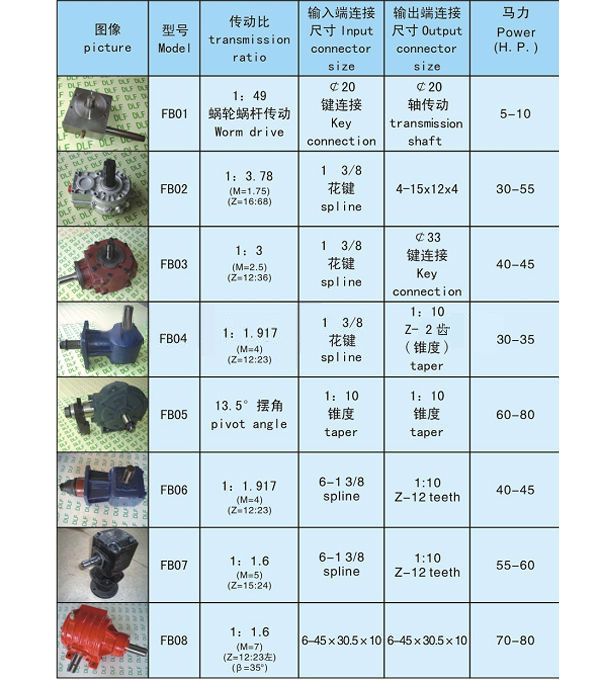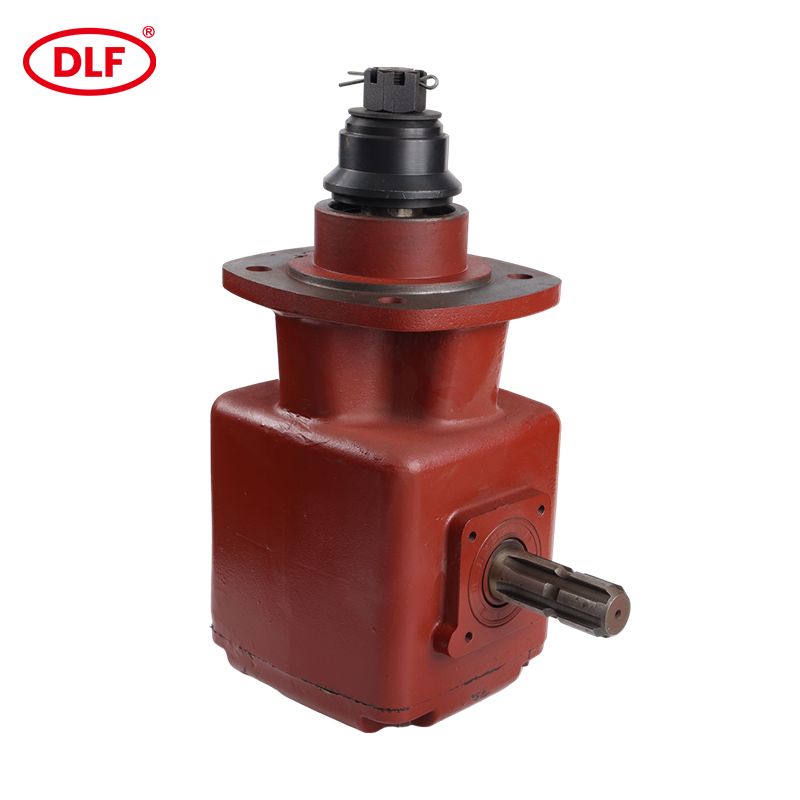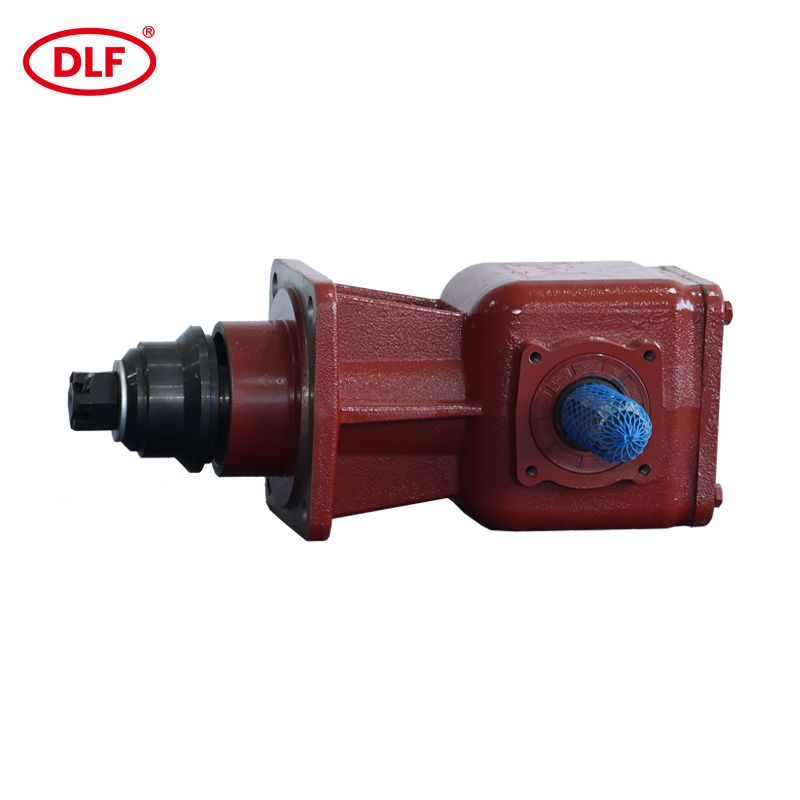Gear Box – High-Quality Transmission Components | Shop Now
Technical Index
| Lift speed | 0mm/min~3600mm/min ; |
| Input power | 0.021 -65.3KW ; |
| Screw Torque | 0.495-80.5 mm ; |
| Bearing range | RN-2M 4M 6M 8M 10M 12M 16M 20M 25M ; |
| Structure | Alloy Steel SCM415 as Internal structure, deal with carbon sclerosis, hardness reach RC55 -60, enough bearing heavy load torque. |
| Characteristic | Gear up to 95 percent efficiency.can choose upper and lower, left and right4 directions |

Product Application
Gearboxes play a vital role in various industries, providing the necessary torque and speed control to improve machinery efficiency. These machinery and equipment are used in a wide range of applications such as harvesting, industrial processing, mining operations, lawn mowing, textile manufacturing and construction activities. In this article, we will explore the important applications of gearboxes in detail and discuss their advantages in each area.

1. Harvest:
Gearboxes are an important part of agricultural machinery, especially harvesting equipment. They help transmit power from the engine to the wheels or cutting mechanism, ensuring smooth and controlled movement. Gearboxes are able to transmit power at different speeds, allowing farmers to adjust harvesting equipment to different crop conditions, thereby increasing productivity and reducing waste.
2. Industrial process:
Industrial machinery relies heavily on gearboxes to operate efficiently. Whether in a manufacturing plant, assembly line or packaging unit, gearboxes are used to control the speed and direction of rotating shafts. Their ability to deliver high torque enables these machines to handle heavy loads and perform complex tasks with precision. In addition, the gearbox can be decelerated or multiplied as needed to improve the overall operating efficiency of the machinery.
3. Mining:
In the mining industry, gearboxes are an integral part of heavy machinery. These rugged gear systems are designed to withstand harsh conditions and handle massive loads. Gearboxes are used in mining equipment such as crushers, conveyors and excavators to transmit power from the engine to various components. The torque multiplication provided by the gearbox enables efficient crushing and material transport, making mining operations more efficient.
4. Cut the grass:
Gearboxes play a vital role in lawn mowers and other lawn mowing equipment. They help transfer power from the engine to the cutting blades and wheels, allowing users to achieve the desired mowing height, speed and direction. The gearbox allows precise control of these parameters, ensuring even mowing and easy operation. In addition, they protect the engine from sudden load fluctuations, thereby extending its service life.

5. Textile manufacturing:
The textile industry relies heavily on gearboxes to run spinning, weaving and knitting machines efficiently. These gear systems enable precise control of various spinning processes, ensuring uniform yarn production and minimizing material waste. The gearbox can adapt to different speed and torque requirements, helping to improve productivity and stable fabric quality.
6. Construction:
Gearboxes are widely used in construction machinery such as cranes, excavators, and concrete mixers. These gear systems provide the necessary strength and torque to handle heavy loads, ensuring smooth and controlled movement of a variety of construction equipment. In addition, gearboxes help improve the transmission efficiency of machinery, thereby reducing fuel consumption and increasing productivity.
In summary, gearboxes have a wide range of applications in harvesting, industrial processing, mining, lawn mowing, textile manufacturing and construction. Their ability to control speed, direction and torque makes them indispensable in these areas, thereby increasing efficiency, productivity and reliability. As technology continues to advance, gearboxes are expected to further evolve to meet the changing needs of various industries around the world.

















